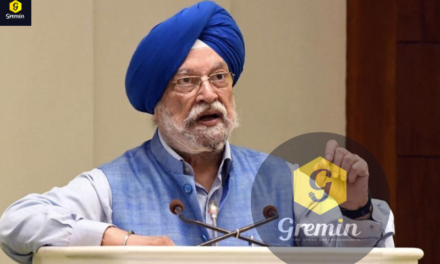Queen Elizabeth II,on Thursday after serving the throne for nearly 70 years. The 96-year-old monarch died at her remote Highlands residence, Balmoral, in Scotland. She was crowned queen of seven countries, and she reigned over 16 nations. She came to the throne at the age of 32 after succeeding her father king George VI in 1952. The fact that the Queen has died in Scotland, rather than in England, has added complex procedures – in what has been dubbed as ‘Operation Unicorn’ – to her funeral.
Buckingham Palace already had a plan in place for the Funeral named ‘London Bridge’ – had she died in London. However, there were special provisions if the monarch died when she was in Scotland, news agency AFP reported.This plan was codenamed ‘Operation Unicorn.’ The name was chosen because unicorn is the national animal of Scotland and forms part of the royal coat of arms, along with the lion of England.
The day of Queen Elizabeth II’s death will be referred to as D-Day, while every day following that day will be referred to as D+1 and D+2 and so forth, as per multiple reports.
As per the ‘Operation Unicorn,’ Queen Elizabeth II’s body will be brought from Scotland to Buckingham Palace in London within the first week of her death. The Queen’s body will need to be moved from Balmoral to Holyroodhouse, her residence in the Scottish capital of Edinburgh, to lie in rest for a short time. The body will then be carried in a procession up the Royal Mile, a central avenue, to St. Giles Cathedral for a reception service. Afterwards, Queen Elizabeth II’s body will be taken to London on a royal train from Edinburgh’s Waverley Station. The coffin will be received in the capital by the newly appointed prime minister Liz Truss, and be taken to Buckingham Palace.
On the tenth day, a state funeral will be held at Westminster Abbey and there will be a committal service in St. George’s Chapel at Windsor Castle. Thereafter, Queen Elizabeth II will be buried in the castle’s King George VI Memorial Chapel.





